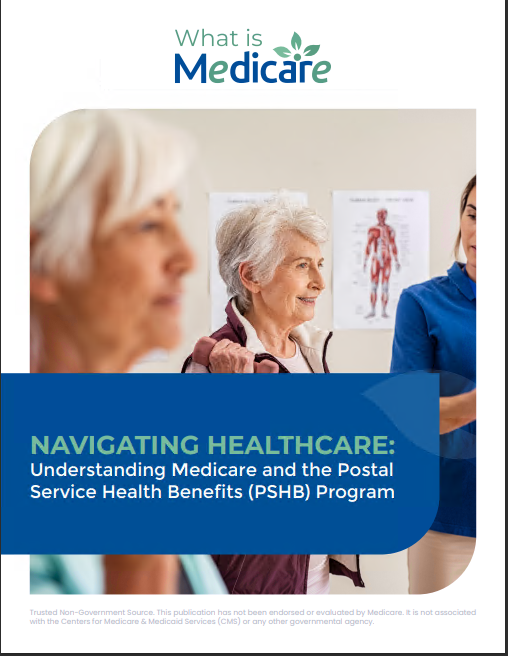Key Takeaways
- The Initial Enrollment Period (IEP) is a crucial seven-month window for signing up for Medicare around your 65th birthday.
- Special Enrollment Periods (SEPs) allow for enrollment outside the IEP if you have qualifying life events, such as losing employer coverage.
- Understanding and adhering to Medicare’s deadlines can prevent late enrollment penalties and ensure continuous coverage.
Key Steps in Medicare Enrollment: Important Deadlines You Need to Know
Enrolling in Medicare is a critical process for those approaching the age of 65. Understanding the key steps and important deadlines involved can ensure you receive the healthcare coverage you need without any unnecessary delays or penalties. In this article, we will help you navigate Medicare enrollment smoothly.
Understanding Medicare Basics
Before diving into the enrollment steps and deadlines, it’s important to understand the basics of Medicare. Medicare is a federal health insurance program primarily for people aged 65 and older, though certain younger individuals with disabilities and those with End-Stage Renal Disease are also eligible. Medicare consists of four parts:
- Part A: Hospital Insurance
- Part B: Medical Insurance
- Part C: Medicare Advantage Plans (an alternative way to receive your Medicare benefits)
- Part D: Prescription Drug Coverage
Step 1: Initial Enrollment Period (IEP)
The Initial Enrollment Period (IEP) is the first opportunity to enroll in Medicare. It begins three months before your 65th birthday, includes the month of your birthday, and ends three months after your birthday month, giving you a total of seven months to sign up.
For example, if your birthday is in June, your IEP runs from March 1 to September 30. It’s crucial to enroll during this period to avoid late enrollment penalties and ensure that your coverage starts promptly.
Step 2: Signing Up for Medicare Part A and Part B
Most people qualify for premium-free Part A if they or their spouse paid Medicare taxes for at least 10 years. Even if you are still working or have other health insurance, it’s generally a good idea to enroll in Part A as soon as you are eligible because it usually doesn’t have a premium.
Part B, which covers outpatient care, preventive services, and doctor visits, does have a monthly premium. You can decline Part B if you are still working and have employer coverage, but make sure to understand the implications and future enrollment requirements to avoid penalties.
Step 3: Special Enrollment Period (SEP)
If you didn’t sign up for Medicare Parts A and B during your IEP because you were covered under a group health plan based on current employment (yours or your spouse’s), you may qualify for a Special Enrollment Period (SEP). This SEP allows you to enroll in Medicare without penalty:
- During any month you remain covered under the group health plan and your employment continues.
- For an eight-month period that begins the month after the employment ends or the group health coverage ends, whichever happens first.
Step 4: General Enrollment Period (GEP)
If you missed your IEP and do not qualify for a SEP, you can enroll during the General Enrollment Period (GEP), which runs from January 1 to March 31 each year. Coverage begins on July 1 of the same year. However, enrolling during the GEP may result in late enrollment penalties for Part B and Part D, which can increase your premiums.
Step 5: Medicare Advantage and Part D Enrollment Periods
After enrolling in Original Medicare (Parts A and B), you might consider additional coverage through Medicare Advantage (Part C) or a Prescription Drug Plan (Part D). The Annual Election Period (AEP) from October 15 to December 7 is the primary time to make changes to these plans:
- Medicare Advantage Open Enrollment Period (MA OEP): From January 1 to March 31, if you are already enrolled in a Medicare Advantage plan, you can switch to another Medicare Advantage plan or go back to Original Medicare and join a separate Part D plan.
- Medicare Part D Late Enrollment Penalty: If you go without creditable prescription drug coverage for 63 days or more after your IEP, you may have to pay a late enrollment penalty, which is added to your Part D premium.
Step 6: Medigap Open Enrollment Period
For those opting for Original Medicare, enrolling in a Medigap (Medicare Supplement Insurance) policy can help cover some of the costs not covered by Medicare, such as copayments, coinsurance, and deductibles. The best time to buy a Medigap policy is during your Medigap Open Enrollment Period, which lasts for six months and begins the month you turn 65 and are enrolled in Part B. During this period, you have the right to buy any Medigap policy sold in your state, regardless of your health status.
Avoiding Enrollment Pitfalls
Being aware of the various enrollment periods and deadlines can help you avoid common pitfalls, such as:
- Late Enrollment Penalties: Missing the IEP or not qualifying for a SEP can result in higher premiums for late enrollment in Part B and Part D.
- Coverage Gaps: Failing to enroll on time can lead to gaps in coverage, leaving you without insurance when you need it most.
- Limited Plan Choices: Delaying enrollment in Medicare Advantage or Medigap can restrict your options and affect your healthcare costs and access.
Preparing for Medicare Enrollment
To ensure a smooth enrollment process:
- Mark Your Calendar: Keep track of your IEP, SEP, GEP, and AEP dates.
- Gather Documentation: Have your Social Security information, work history, and insurance details ready.
- Compare Plans: Use the Medicare Plan Finder tool on CMS.gov to compare available plans and their coverage options.
- Seek Professional Advice: Consider consulting with licensed insurance agents to help navigate your choices.
Navigate Your Medicare Enrollment
Medicare enrollment can be complex, but understanding the key steps and important deadlines can help you make informed decisions. Prepare in advance, mark critical dates on your calendar, and consult with professionals as needed to ensure that you have the coverage you need without any penalties or gaps. By staying informed and proactive, you can confidently navigate the Medicare enrollment process.
Contact Information:
Email: [email protected]
Phone: 6695551234










